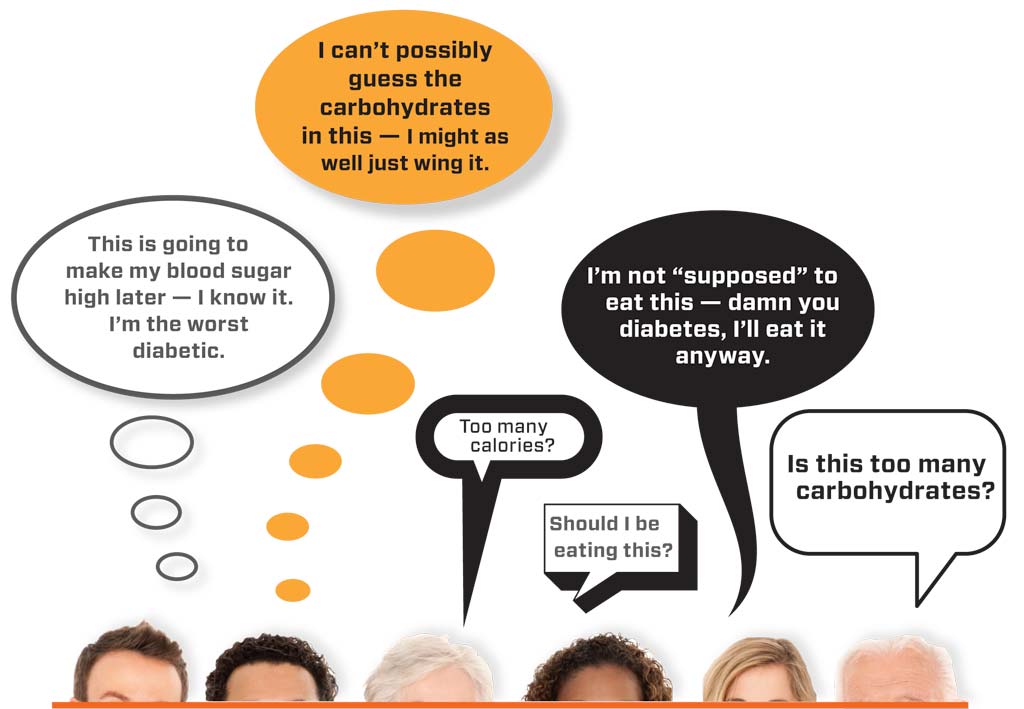Teens with Diabetes at Greater Risk of Dropping Out

We recently came across a sobering fact from a 2012 Yale School of Public Health study: children with diabetes have a six percent higher risk of dropping out than the average population, according to two economic researchers. The study was originally published in the journal Health Affairs.
The researchers were able to control for family income and ethnic considerations in their analysis. The greatest rate of high school attrition due to diabetes was among white males, which bucks many socioeconomic trends in this country. Further, the analysis substantiated a theory that diabetes and academic underachievement were translatable from generation to generation. In other words, children with diabetes of parents with diabetes who had quit school before Grade 12 tended to do the same; the researchers suggested that the cause could have been as much genetic as income-related.
While the study doesn’t specify why this occurs, it seems likely the twin culprits would be increased absences and ostracization. According to a 2014 National Institutes of Health study, teens with diabetes were statistically more likely than other teens with chronic illnesses to miss 10 days or more of school a year (6.94 percent), beating out teens with asthma (6.58 percent) and teens with heart or vascular disease (3.92 percent). Also, several studies conducted by pediatrics professor Dr. Eric Storch of the University of South Florida and others have found that children with diabetes are at higher risk of bullying, and that this bullying can cause them to neglect their diabetes self-care. It can create a vicious cycle.
The risk can start early. There’s no shortage of school health and public health literature substantiating that early onset chronic disease begins to affect school performance in the grade school years, and that weak school performance has a “cumulative” effect. Without intervention, a student who has fallen behind in middle school by a year will likely end up as far as two or three years behind in academic achievement, excluded from advanced placement or “honors” courses, off the college trajectory, and marking time in high school with younger students as academic peers.
Unfortunately, many schools don’t provide the additional support children with Type 1 need, despite a patchwork of federal and state laws requiring accommodation for children with chronic illnesses. Not every school makes a full time nurse available, or permits a non-licensed employee or volunteer to assist with diabetes care. Even in schools that do, many face exclusion from or limits upon sports, field trips, and after-school activity.
Often, a parent who advocates for a child in a school setting has to first fight off the feeling that she or he is being too pushy or making a mountain out of a molehill when it comes to adversity in the child’s life. Such studies should put to rest many of those concerns. Parents of children with Type 1 should get involved early in the education of their children, and speak up often if they sense something is going amiss.
You can read more about Type 1 care in school by clicking on our diabetes in school series here.







